Sir Edwin Landseer 1802 - 1873
Edwin Landseer 1802 – 1873
Edwin Landseer was a painter, engraver and author, the son of John Landseer and brother of Thomas, an eminent engraver. A child prodigy whose artistic talents were recognised early on, he studied under several artists, including Benjamin Haydon, who encouraged the young Landseer to perform dissections in order to fully understand animal musculature and skeletal structure. At the age of just 13, in 1815, he exhibited works at the Royal Academy as an “Honorary Exhibitor”. He was elected an Associate at the minimum age of 24, and an Academician five years later in 1831. He lived at number 1, later number 18, St Johns Wood Road from 1825 until his death in 1873.
St Johns Wood Road
His first home at this address was a small cottage on the site of Punker’s Barn, at the junction of St John’s Wood Road and Lisson Grove. This was later demolished in 1844 to make place for a small but “rather aristocratic” house (built by Thomas Cubitt, who also built Osborne House on the Isle of Wight for Queen Victoria), which had a small dining room, a billiard room and two larger rooms which Landseer used as a studio, and a room to store props.
In addition was a spacious garden and stables – occasionally used to house animals, live or dead, which Landseer needed as models. There is the story, supposed to have originated with Charles Dickens, of an evening at the house with several of Landseer’s friends when his stony-faced manservant suddenly appeared and enquired “Did you order a lion, sir?”. It appeared that the lion at the London Zoo, which had been a model for Landseer, had suddenly died and so the secretary of the Zoological Society had sent it straightaway in a cart to Landseer’s home. It, no doubt, served again as a model, perhaps for his sculptures of the lions surrounding Nelson’s column in Trafalgar Square. These were first prepared in 1860 in his studio then carved and cast in 1866 in the studio of another sculptor, Baron Marochetti. A painting of him carving these by John Ballantyne is in the National Portrait Gallery.
Famous paintings
After a visit to Scotland with C.R. Leslie, he was inspired to paint several pictures which are now famous like The Deer-stalker’s Return and Monarch of the Glen, and many delightful pictures of dogs which were popular throughout the land such as Dignity and Impudence. He painted various members of the royal family, and taught Queen Victoria and the Prince Consort to etch, and And as a result, no doubt, he was knighted in 1850.
St Bernard Dogs
St Bernard dogs as we know them today originated in St Johns Wood, not the Alps. The dogs belonging to monks which in the early nineteenth century rescued travellers on the St Bernard Pass were epitomised by Barry, a short haired mongrel who saved the lives of 40-100 travellers. In 1820 Landseer painted a fictional scene of large brown long coated dogs rescuing people which became immensely popular. This inspired John Cumming Macdona, an English clergyman and founder of the Kennel Club , to attempt to breed the same sort of dogs which became sensational at dog shows . But dogs like these with long coats could not have survived in the Alps and were only suitable for show and not for work in the snow – and the original dogs certainly never had a flask of brandy round their necks.
In 1860 Landseer developed symptoms of depression and did not paint for several years. A railway accident in 1868 was said to have aggravated this problem so that after some years of mental suffering he died in 1873. Said at the time to have been “the most popular painter England ever had” he was buried in St Paul’s Cathedral.
His house was afterwards occupied by Henry William Banks Davis, RA, a successful landscape painter who had been living at 10a Cunningham Place, adjacent to Landseer’s home. He lived in Landseer’s house until 1892, just before its demolition in 1894 to make way for Wharnecliffe Gardens. This was a large block of artisans’ dwellings built by the Great Central Railway to re-house those residents whose houses were demolished to make way for the railway and Marylebone Station. This block was in turn replaced in the 1970s by flats in an estate of several low-rise blocks.
During Landseer’s lifetime family members had moved close by: Edwin’s brother had a studio at 10b Cunningham Place from 1844-1877 followed by Thomas’s son, George who was at 10a Cunningham Place between 1849 and 1858. 10 Cunningham Place continued to house artists, including Hans Feibusch, (see under Artists) and still has the sign LANDSEER STUDIOS over the door.

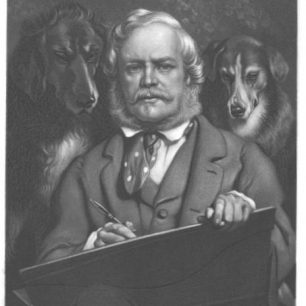
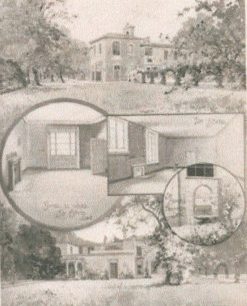
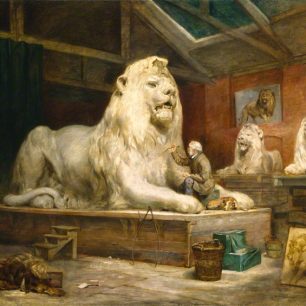
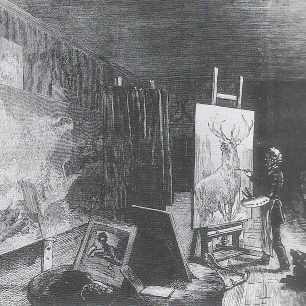
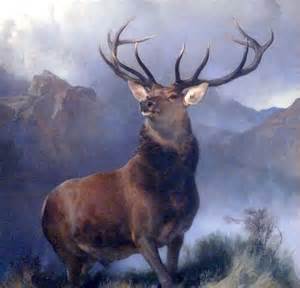

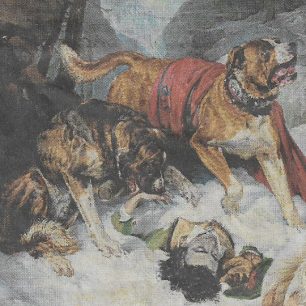
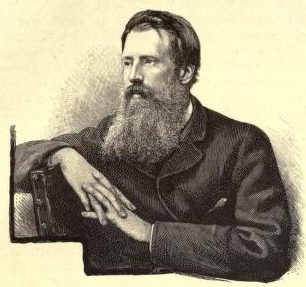
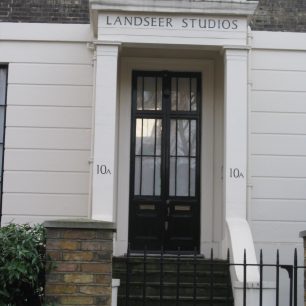



No Comments
Add a comment about this page